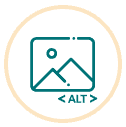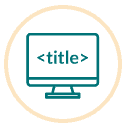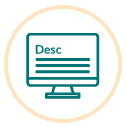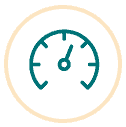Automotive Digital Marketing
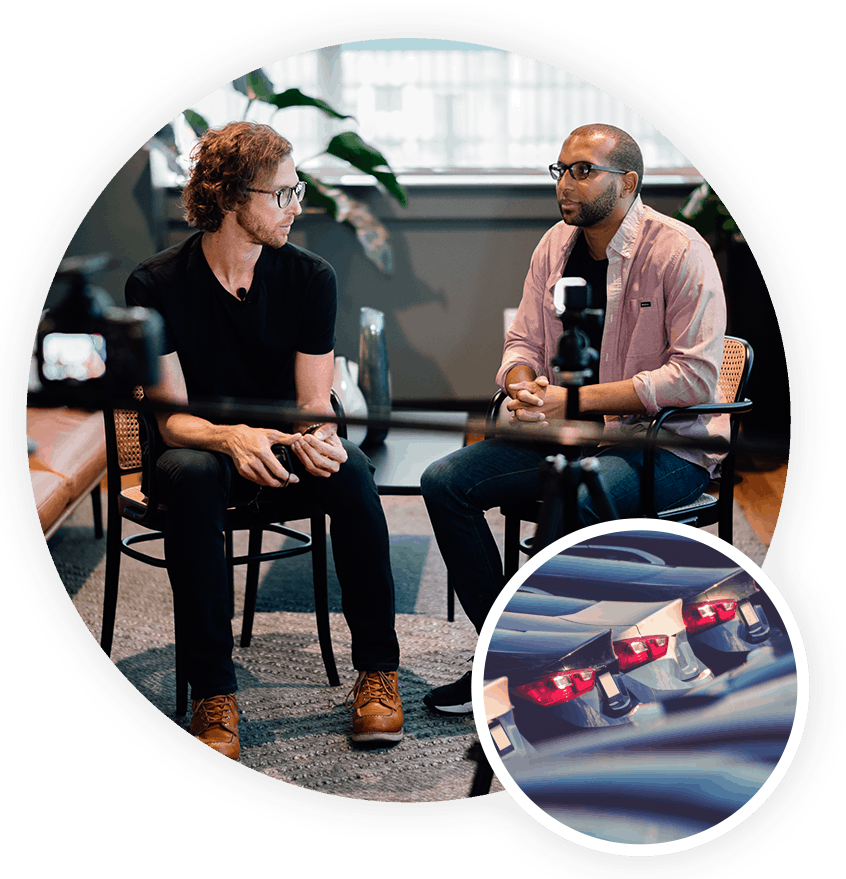
You may have never heard of automotive SEO before, but it is a real thing. Moreover, it is an important thing. Much has changed in the retail automotive sector over the last several years. Between the emergence of virtual dealers and the explosion online shopping, the future of car sales is online.
Believe it or not, some 60% of all car buyers are now more likely than ever to buy a car online. At least 25% of all buyers expect online solutions to offer end-to-end service. And among those buyers still planning to go to the dealership to buy, most will have already made a decision before showing up. They will have gotten all the information they need online.
What does this say to you? It says that your dealership has to compete online. Automotive SEO is the foundation of that competition. By applying white hat SEO principles to the fundamentals of how car dealerships do business, you can do more than compete. You can dominate your market.



